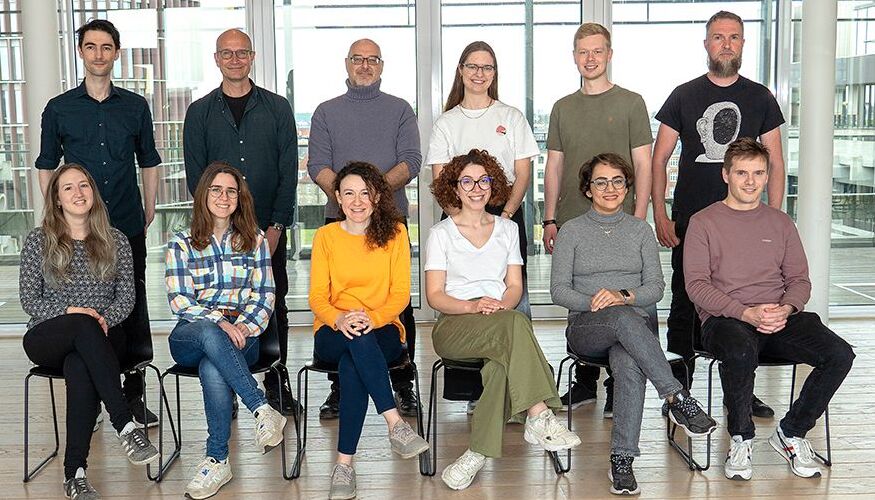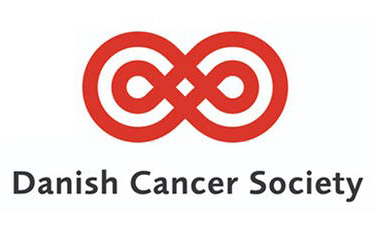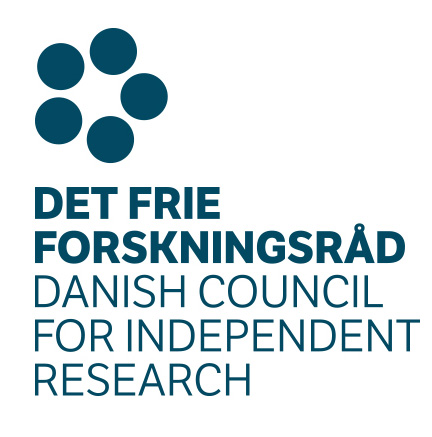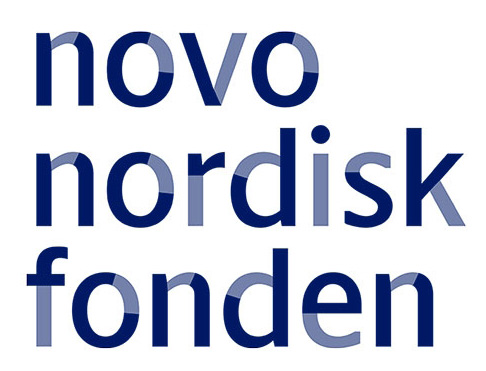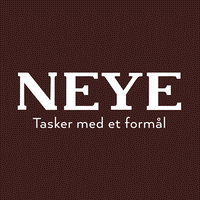Lund Group
The aim of the laboratory is to unveil fundamental biological mechanisms and understand how these become perturbed during diseases, most prominently cancer, with the ambition that our findings may contribute to the development of clinical tools.
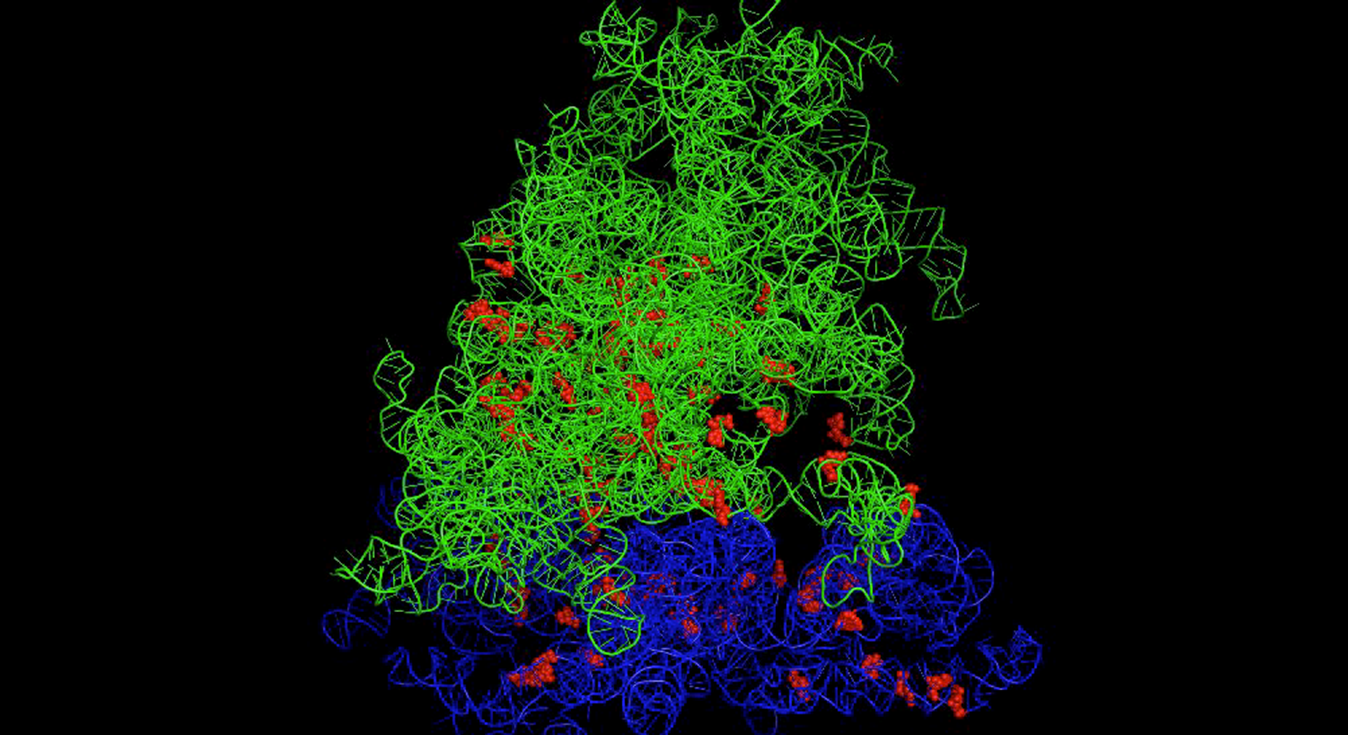
Specialized translation
The ribosomal RNA (rRNA) is heavily decorated with a wide array of post-transcriptional modifications, the most abundant of which is 2’-O-methylation (2’-Ome). We have mapped the presence of 2’-Ome sites on the rRNA from a large panel of cell lines, tissues and tumor samples, and find that some 2’-O-me sites are methylated only on a subset of ribosomes. Furthermore, some sites are dynamically methylated in normal physiological settings, such as brain development and cellular differentiation, following activation of oncogenic signaling, and during tumorigenic processes. Based on this, we explore the hypothesis that differential 2’-Ome alters the properties of ribosomes and imposes selective translation. Extending from this, we study if differential 2’-Ome constitutes a “coding” of the ribosomes to instigate specific translational programs. Such programs may be crucial during normal development and cellular homeostasis as well as under disease conditions.
Long non-coding RNAs
With the realization that 80% of the genome is transcribed and only 2% serve as coding regions, the non-coding part of the transcriptome is likely to hold key to understanding many essential biological phenomena as well as pathologies. To explore this, we focus on the functions of long non-coding RNA in cancer with a special focus on cellular senescence.
Technically, the lab spans widely and includes the identification of disease-relevant genes in functional screens, advanced next-gen sequencing techniques, genetic and biochemical studies in cell culture models and advanced mouse genetics.
- Translational control through ribosome heterogeneity and functional specialization.
- Gay et al. Trends in Biochemical Sciences 2021.
- Gay et al. Trends in Biochemical Sciences 2021.
- Regulation of translation by site-specific ribosomal RNA methylation.
- Jansson et al. Nature Structural and Molecular Biology 2021.
- The lncRNA MIR31HG regulates the senescence associated secretory phenotype.
- Montes et al. Nature Communication 2021.
- Repeat RNAs associate with replication forks and post-replicative DNA.
- Gylling et al. RNA 2020
- A high-throughput screen identifies the long noncoding RNA DRAIC as a regulator of autophagy.
- Tiessen et al. Oncogene 2019.
- Eukaryotic translation initiation factor 5A mediates translational control of autophagy via ATG3.
- Lubas et al. EMBO Reports 2018.
- Profiling of 2’-O-Me in human rRNA reveals a subset of fractionally modified positions and provides evidence for ribosome heterogeneity.
- Krogh, Jansson et al. NAR 2016.
- SNHG5: A lncRNA promoting tumor cell survival in colorectal cancer
- MIR31HG: A long non-coding RNA modulating senescence
- A microRNA regulating lysosomal function
- PRDM11: A new tumor suppressor
- Translational codes identified in the genome
- A microRNA impacting on p53
Ribosome modifications
We are addressing the hypothesis that modifications of the ribosomal RNA alter ribosome function and impose selective translation. Hence, specifically modified ribosomes may be functionally specialized to carry out translational programs of importance for establishing cellular identity and maintain cell homeostasis. We are addressing this hypothesis in cell culture model systems, mouse models and cancer organoids using a broad spectrum of genetic, computational and biochemical techniques.
Inhibiting onco-ribosomes
Protein translation is altered in cancer and several cancers are dependent on a high level of translation. We find that cancer cells and genetic mouse models for cancer display a different pattern of 2’-Ome as compared to their normal counterparts. As 2’-Ome may affect ribosome structure and the association of factors to the ribosome, this provides opportunity for selective inhibition of ribosomes enriched in cancer.
Long non-coding RNA
We are interested in understanding how lncRNAs impact cancer-related mechanisms. Recent focus is on the lncRNA MIR31HG, which we find to have a dual role in senescence. In the nucleus it binds and suppresses expression of the key tumor-suppressor CDKN2A. Upon activation of oncogenic BRAF, MIR31HG translocates to the cytoplasm to regulate translation of IL1A, which is key for instigating the senescence-associated secretory phenotype.
Selected publications
Translational control through ribosome heterogeneity and functional specialization. David M. Gay, Anders H. Lund, Martin D. Jansson.(2021).
The lncRNA MIR31HG regulates the senescence associated secretory phenotype. Montes, M., Lubas, M., Arendrup, F.S., Mentz, B., Rohatgi, N., Tumas, S., Harder, L.M., Skanderup, A.J., Andersen, J.S., and A.H. Lund. (2021).
Regulation of translation by site-specific ribosomal RNA methylation. Jansson, M.D., Häfner, S.J., Altinel, K., Tehler, D.E., Krogh, N., Jacobsen, E., Andersen, J.V., Andersen, K.L., Ménard, P., Nielsen, H., and A.H. Lund. (2020). Preprint.
Repeat RNAs associate with replication forks and post-replicative DNA. Gylling, H.M., Gonzalez-Aguilera, C., Smith, M.A., Kaczorowski, D.C., Groth, A., and A.H. Lund. (2020). RNA. doi:
10.1261/rna.074757.120.
A high-throughput screen identifies the long noncoding RNA DRAIC as a regulator of autophagy.
Tiessen, I., Abildgaard, M.H., Lubas, M., Gylling, H.M. Steinhauer, C., Pietras, E.J., Diederichs, S., Frankel, L.B*. and A.H. Lund* (2019). Oncogene, doi: 10.1038/s41388-019-0783-9.
Eukaryotic translation initiation factor 5A mediates translational control of autophagy via ATG3. Lubas, M., Harder, L.M., Kumsta, C., Tiessen, I., Hansen, M., Andersen, J.S., Lund, A.H.* and Frankel, L.B.* (2018). (*Co-corresponding authors). EMBO Reports, doi: 10.15252/embr.201846072.
Emerging connections between RNA and autophagy. Frankel, L.B., Lubas, M. and A.H. Lund (2016).. Autophagy. doi:10.1080/15548627.2016.1222992.
Molecular hijacking: Cancer gene re-programs ‘protein factories’ to stimulate cell growth
23.11.2021
The ribosomes, the ‘protein factories’ in our cells, can be altered by cancer genes, a new study from the University of Copenhagen shows.
PUBLICATION SPOTLIGHT - The long non-coding RNA MIR31HG regulates the senescence associated secretory phenotype
27.04.2021
By Marta Montes Resano, Assistant professor, Lund Group.
09.04.2015
RNA-TRAIN is a European RNA training network devoted to educating the next generation of European researchers in the field of ncRNA biology. The network is funded by the Marie Curie initiatives of the European Commission.



